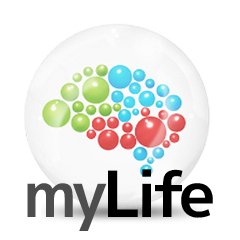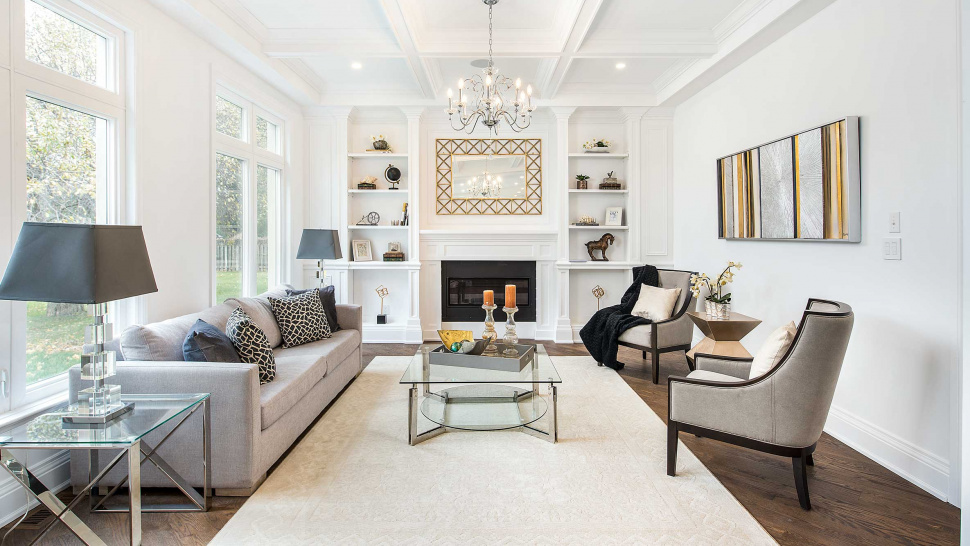These multi-unit residential properties are often nestled in bustling neighborhoods, with a blend of modern amenities, stylish interiors, and shared community features. To truly capture their appeal and attract potential buyers or renters, it’s essential to master the art of real estate photography tailored specifically to condominiums.
Condos differ significantly from single-family homes. They often feature limited space, shared walls, and sometimes less natural light. Yet they also boast convenience, contemporary design, and access to lifestyle amenities that are highly attractive in urban and suburban Orange County. Whether you’re a seasoned professional or a DIY photographer, following a targeted approach can dramatically elevate your condo photography and help listings stand out in a competitive market.
1. Understand the Property’s Selling Points
Before picking up the camera, spend time learning what makes the condo desirable. Does it offer ocean or city views? Is it in a luxury high-rise with a rooftop pool? Are there smart home upgrades or custom-built storage solutions?
Understanding these unique features will guide your photography. For example, a small but updated kitchen with quartz countertops and stainless-steel appliances should be a focal point. If the unit includes private outdoor space—a rarity in condos—be sure to highlight it prominently.
Ask the real estate agent or homeowner what they love most about the condo. Their input often reveals details you might overlook but which can make a big impact on buyers.
2. Plan for the Best Light
Lighting plays a pivotal role in real estate photography, especially in condos that may have fewer windows or limited sunlight due to their orientation within a building. Ideally, schedule your shoot during daylight hours when natural light is at its peak—typically mid-morning or mid-afternoon, depending on the unit’s exposure.
Open all blinds and curtains to let in as much natural light as possible. Turn on interior lights to soften shadows and create a balanced, inviting atmosphere. In dim or interior spaces like hallways or bathrooms, consider using external flash units or strobes carefully to enhance illumination without creating harsh contrasts.
HDR (High Dynamic Range) photography can also be incredibly useful in condo photography. By blending multiple exposures, you can achieve balanced lighting across areas with both bright windows and dark corners—ideal for interior shots where lighting may be uneven.
3. Use a Wide-Angle Lens Correctly
A wide-angle lens is essential for capturing smaller condo interiors. It allows you to photograph entire rooms in one frame, making the space appear more open and connected. However, misuse can lead to distorted images that mislead viewers and ultimately disappoint them during showings.
Stick to focal lengths between 16mm and 24mm (on a full-frame camera) to strike the right balance. Avoid exaggerated angles that create unnatural lines or unrealistic room proportions. Aim for straight, level shots taken from about four to five feet above the floor for a natural perspective.
When photographing small rooms like bathrooms or entryways, stand at a corner or doorway to maximize your field of view. This technique provides context without distortion.
4. Declutter and Stage Thoughtfully
Condo interiors can quickly appear cramped if not staged with care. Encourage homeowners or staging professionals to declutter surfaces, remove excess furniture, and add a few carefully chosen decorative items like fresh flowers, textured throw pillows, or artwork.
In kitchens, remove magnets from the fridge, tuck away dish soap and paper towels, and leave just a bowl of fruit or a coffee machine for visual appeal. In living areas, eliminate wires, stack books neatly, and center furniture to allow open walkways.
The goal is to create a clean, spacious feel that invites viewers to imagine their own lives in the space. Too much personalization, such as family photos or quirky art, can distract from the unit’s features.
5. Capture Lifestyle Amenities
One of the major selling points of condos in Orange County is access to desirable community amenities. Pools, fitness centers, rooftop lounges, business centers, and secure parking can significantly elevate the value of a listing.
Include these amenities in your photo package, but don’t just take snapshots. Frame these areas thoughtfully to convey the lifestyle they offer. For example, photograph a sparkling pool with a wide angle that includes lounge chairs and palm trees in the background. Capture the gym with equipment well-lit and clean. For shared outdoor areas, aim for times when the space is tidy and ideally bathed in golden-hour lighting.
Showing these features communicates more than just space—it communicates a lifestyle, which is key to emotional engagement from buyers.
6. Use Composition to Maximize Space
Composition is a powerful tool in condo photography. The way you frame a shot can significantly affect how viewers perceive a space.
Start with the basics of good composition: use leading lines, symmetry, and the rule of thirds to create visually pleasing images. In small or open-concept spaces, frame shots that show how rooms flow into each other. For example, a wide shot that includes the kitchen opening into the dining and living areas helps potential buyers understand the layout.
Keep vertical lines straight—crooked lines can make rooms look off-kilter and amateurish. Use a tripod and correct lens distortion in post-processing to ensure architectural accuracy.
Also, be selective. Don’t overwhelm the listing with dozens of photos from similar angles. Choose the strongest 20–30 shots that tell a story and highlight the best aspects of the condo.
7. Embrace Editing, but Keep It Real
Post-processing is where professional condo photography truly shines. Basic adjustments like straightening lines, enhancing brightness, correcting white balance, and boosting sharpness can make photos pop without altering reality.
Be cautious not to over-edit. Avoid excessive saturation, artificial sky replacements, or airbrushing that creates unrealistic expectations. Buyers appreciate beautiful images, but they also expect honesty. Misleading photos can lead to disappointment during walkthroughs, eroding trust.
Virtual staging or virtual twilight images can be powerful marketing tools—but they should be clearly labeled as such. Authenticity remains key to long-term success in real estate marketing.
8. Highlight the View
If the condo offers a view—of the ocean, mountains, city skyline, or a serene courtyard—don’t miss the opportunity to showcase it. Use bracketed exposures or HDR to handle the contrast between the bright outdoor scenery and the dimmer interior.
Position your camera slightly off-angle from windows to reduce glare and reflections. Open windows or clean glass surfaces in advance to eliminate smudges or dirt that can detract from an otherwise stunning shot.
Consider shooting at different times of day to capture the view in optimal lighting. A balcony with an evening glow over the Pacific or a morning sunbeam across a garden courtyard can dramatically enhance the emotional appeal of a listing.
9. Tell a Story with a Visual Flow
A great photo set tells a story. Start with a strong exterior or entryway image that invites viewers in. Then, guide them room-by-room through the condo in a logical, flowing sequence. Capture the main living spaces, bedrooms, bathrooms, kitchen, and then move to amenities or views.
Organizing your photos in this way allows potential buyers to mentally “walk through” the space, helping them envision themselves living there. This storytelling approach increases engagement and time spent on the listing, which can translate to more inquiries and faster sales.
10. Work with a Professional When Needed
While many tools and tips can help elevate your own photography, sometimes the smartest choice is hiring a seasoned expert. An experienced Orange County real estate photographer will know exactly how to light, stage, and shoot a condo for maximum impact. They’ll also have the equipment and editing skills to deliver polished, market-ready images.
Professionals can work quickly and efficiently, often producing high-quality images within 24–48 hours. For luxury condos, competitive markets, or time-sensitive listings, their expertise can provide a critical edge.
Conclusion
Photographing Orange County condos for maximum appeal is both a technical and creative endeavor. It requires understanding the unique features of condominium living and translating them into visual stories that resonate with buyers. From careful staging and lighting to thoughtful composition and honest editing, every step plays a role in showcasing the property’s best attributes.
With attention to detail and a focus on lifestyle, even modest spaces can look extraordinary. And when in doubt, collaborating with a professional Orange County real estate photographer ensures that your listing stands out in a crowded market. In the competitive world of Orange County real estate, great photography isn't optional—it's essential.



Share the News